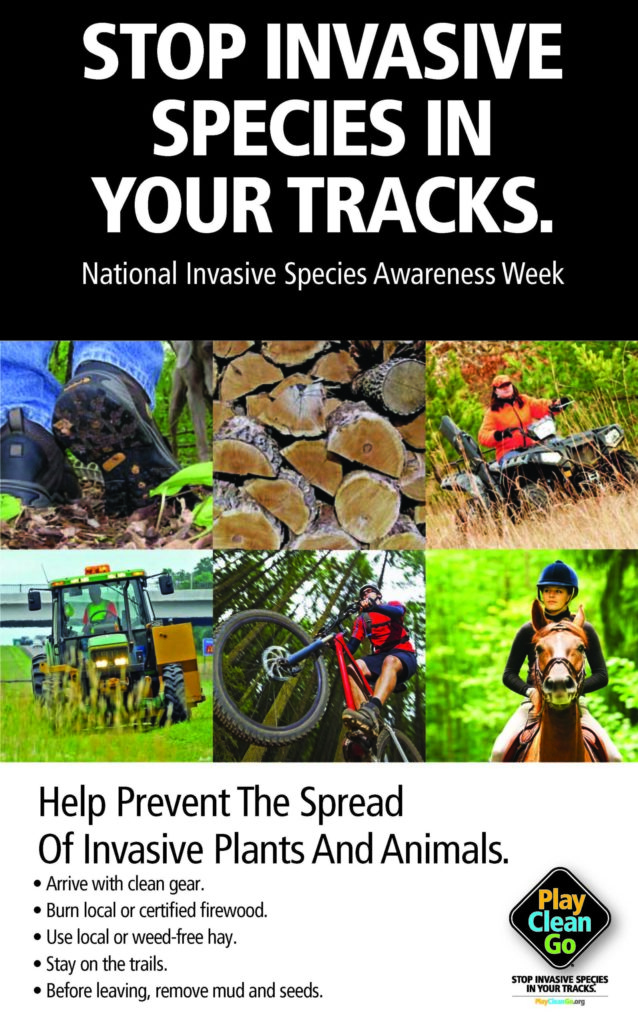FEATURED PROJECTS

Invasive Species
Invasive species are living organisms including plants, animals, fish, insects, bacteria, etc. that are not native to an ecosystem and cause measurable harm. The harm caused by invasive species can come in the form of environmental harm, economic harm, as well as direct harm to human health. These species oftentimes reproduce quickly and spread aggressively, allowing them to out-compete native species. Invasive species are widely cited as one of the largest threats to biodiversity worldwide. Additionally, the Kenai Peninsula Fish Habitat Partnership has rated aquatic invasive species as the highest threat to lowland groundwater/wetland dominated systems, closed-basin lakes, and clearwater connected lakes with associated streams. These habitats are essential for Coho, Chinook, and Sockeye salmon at all life stages. Species that are not native to Alaska and the Kenai Peninsula pose great threats to our ecosystem and economy. As a member of the Kenai Peninsula Cooperative Invasive Species Management Area (KP-CISMA), the Kenai Watershed Forum is involved in the eradication and control of plant species that threaten salmon-bearing streams and other salmon habitat, such as reed canarygrass, Elodea, European bird cherry, and other high-priority terrestrial invasive species. How do invasive species spread? Invasive species are primarily spread by human activities,…
Learn more about this project >

Restoration Highlights
In the summer of 2003 and 2004 the Kenai Watershed Forum (KWF) more closely evaluated each of the three problem road crossings. It was clear that the College Loop Road presented the greatest potential to block juvenile anadromous fish.
Learn more about this project >


